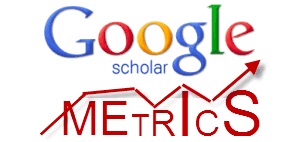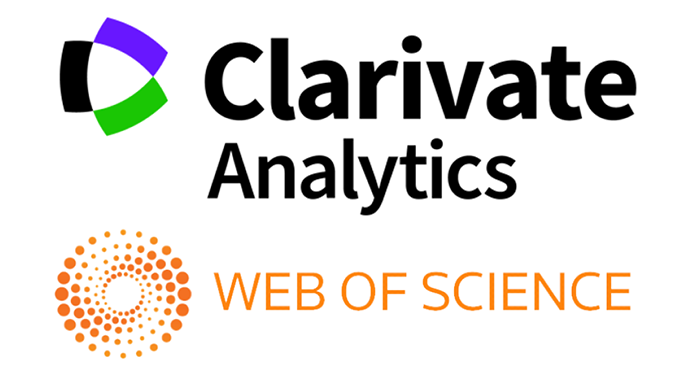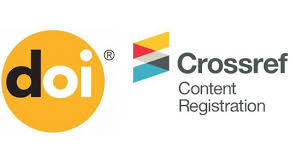IMPLEMENTING CONTENT AND LANGUAGE INTEGRATED LEARNING IN TEACHING SCIENCE TO SECONDARY SCHOOL STUDENTS
Abstract
Content and Language Integrated Learning (CLIL) is an innovative approach that combines language learning with subject content, such as science, in order to improve students' language proficiency and content knowledge simultaneously. This article discusses the implementation of CLIL in teaching science to secondary school students, focusing on the benefits and challenges of this approach. The article begins by providing an overview of CLIL and its theoretical framework, highlighting the key principles and goals of this
approach. It then explores the potential benefits of implementing CLIL in science education, such as enhancing students' language skills, promoting critical thinking and problem-solving abilities, and fostering a deeper understanding of scientific concepts
References
Coyle D., Hood, P., & Marsh, D. (2010). CLIL: Content and Language Integrated Learning. Cambridge University Press.
Dalton-Puffer, C. (2011). Content-and-language integrated learning: From practice to principles? Annual Review of Applied
Linguistics, 31, 182-204.
Lasagabaster D., & Doiz, A. (2016). CLIL in secondary education: The impact of multilingualism on student motivation.
International Journal of Bilingual Education and Bilingualism, 19(6), 689-704.
Mehisto P., Marsh, D., & Frigols, M. J. (2008). Uncovering CLIL: Content and language integrated learning and multilingual
education. Macmillan.
Nikula T., Dalton-Puffer, C., & Llinares, A. (2013). CLIL classroom discourse: Research from Europe. John Benjamins
Publishing Company.
Pavón Vázquez V., & Roca de Larios, J. (2017). A review of research on CLIL in primary and secondary education in Spain.
Language Teaching Research, 21(3), 279-296.
Pérez Cañado, M. L. (2012). CLIL research in Europe: Past, present, and future. International Journal of Bilingual Education and
Bilingualism, 15(3), 315-341.
Serra C., Soler-Monreal, C., & Llinares, A. (2018). Teachers’ beliefs about CLIL: A case study in three Spanish secondary
schools. Innovation in Language Learning and Teaching, 12(2), 132-147.
Swain M., & Lapkin, S. (2012). Evidence for the impact of CLIL on language proficiency. In Cenoz, J., & Gorter, D. (Eds.),
Multilingual education: Between language learning and translanguaging (pp. 121-140). Cambridge University Press.
DAVRONOVA, F. (2024). ZAMONAVIY JAMIYATDA SEKTORLAR ARO IJTIMOIY HAMKORLIK GENDER MADANIYATINI SHAKLLANTIRISHNING MUHIM OMILI SIFATIDA. News of the NUUz, 1(1.8. 1), 89-91.
ABDULLOYEV, S. Z. (2024). O ‘ZBЕKISTON TARAQQIYOTINING YANGI BOSQICHIDA MAKTAB TA’LIMI SOHASI HUQUQIY ASOSLARINI TAKOMILLASHTIRISH BORASIDA AMALGA OSHIRILGAN TADBIRLAR. News of the NUUz, 1(1.7. 1), 4-6.
DUSCHANOV, R. (2024). O ‘ZBEKISTON SSR BYUDJETI TARIXI (1925-1929 YILLAR MISOLIDA). News of the NUUz, 1(1.7. 1), 7-9.
Copyright (c) 2024 News of the NUUz

This work is licensed under a Creative Commons Attribution-NonCommercial-ShareAlike 4.0 International License.

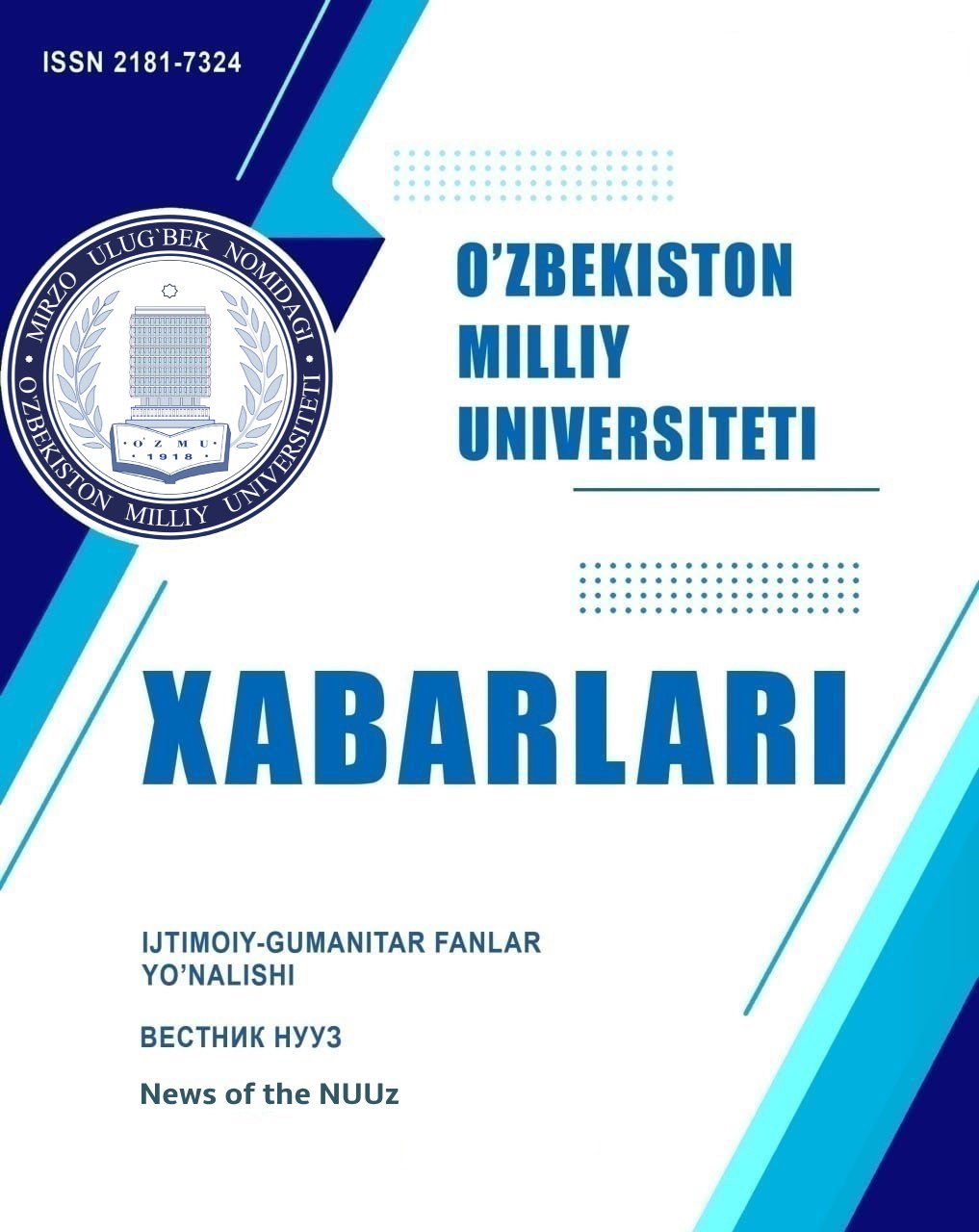
.jpg)
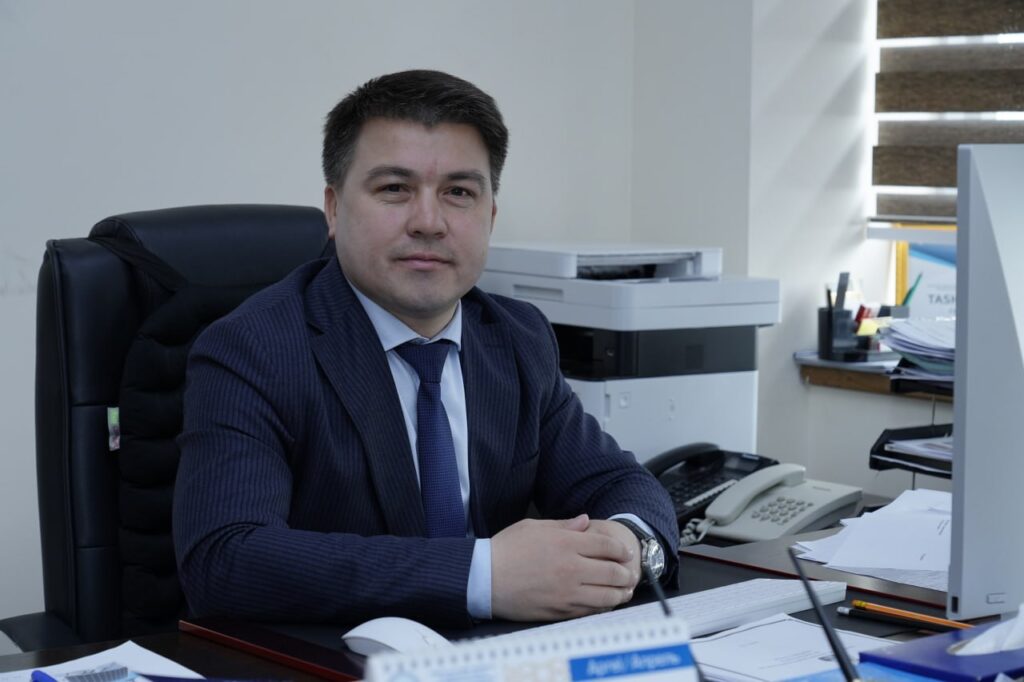
1.png)



